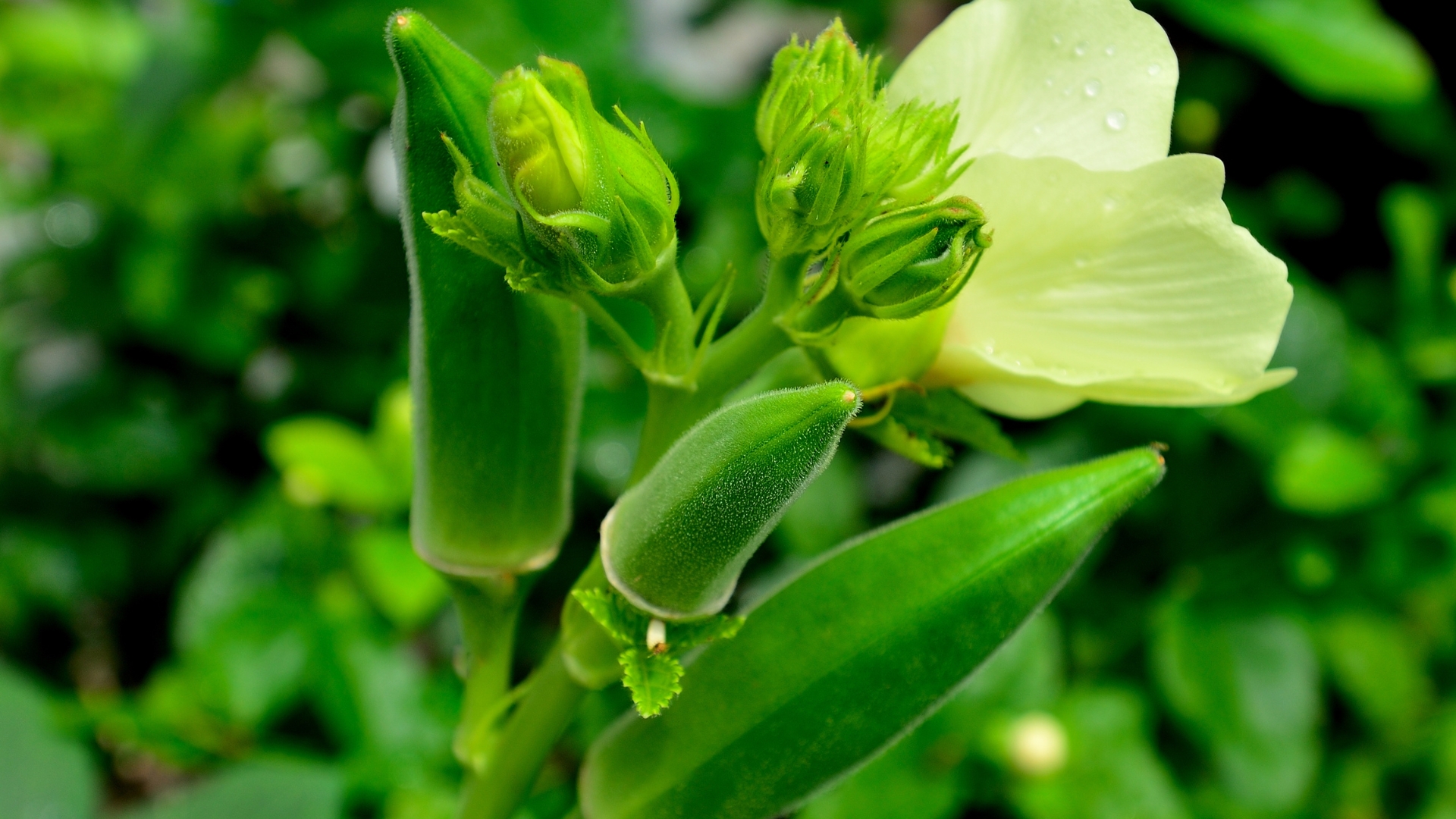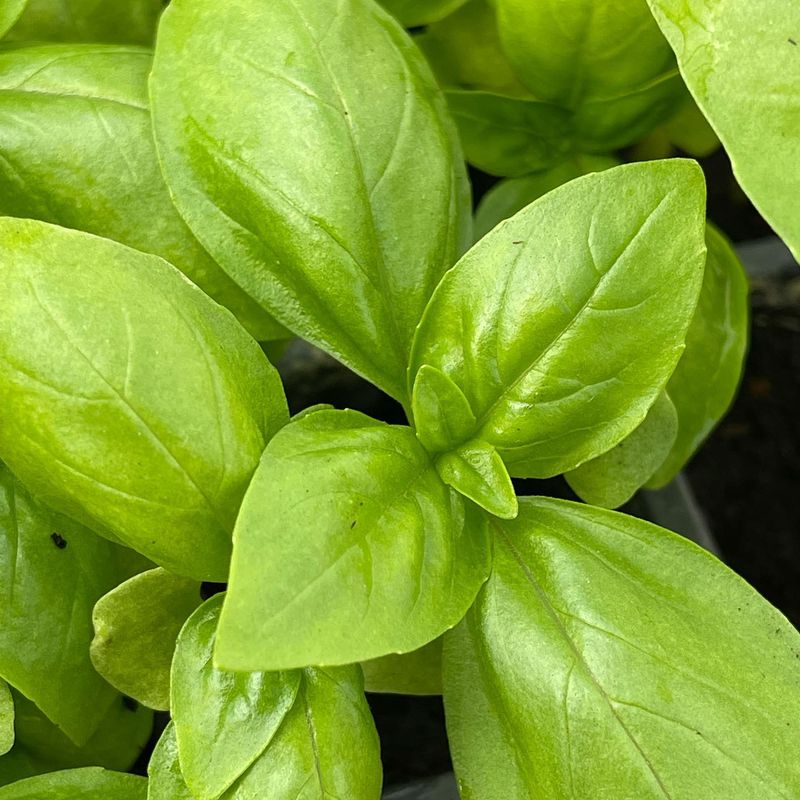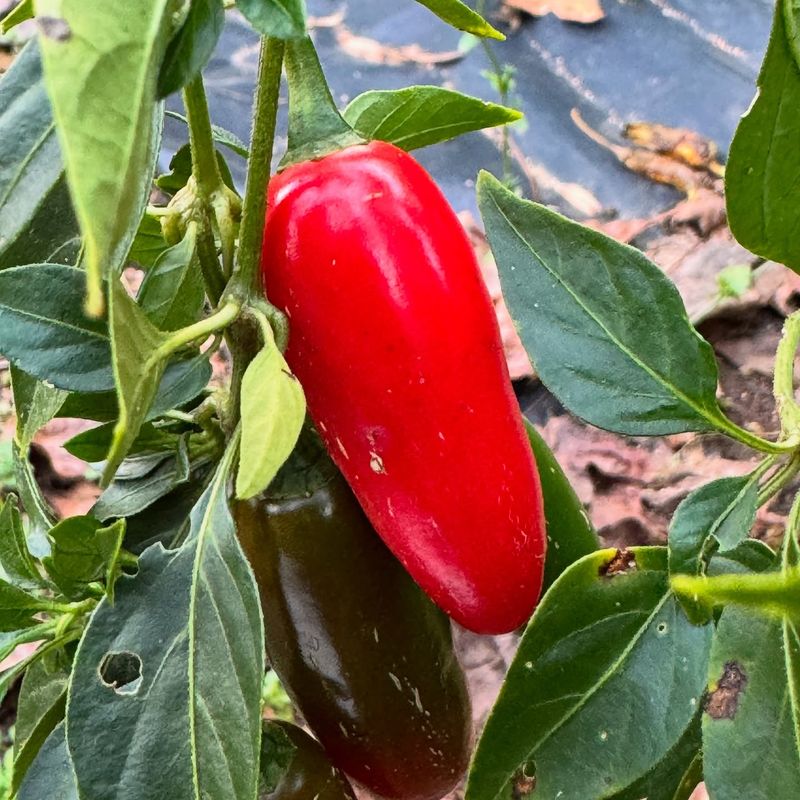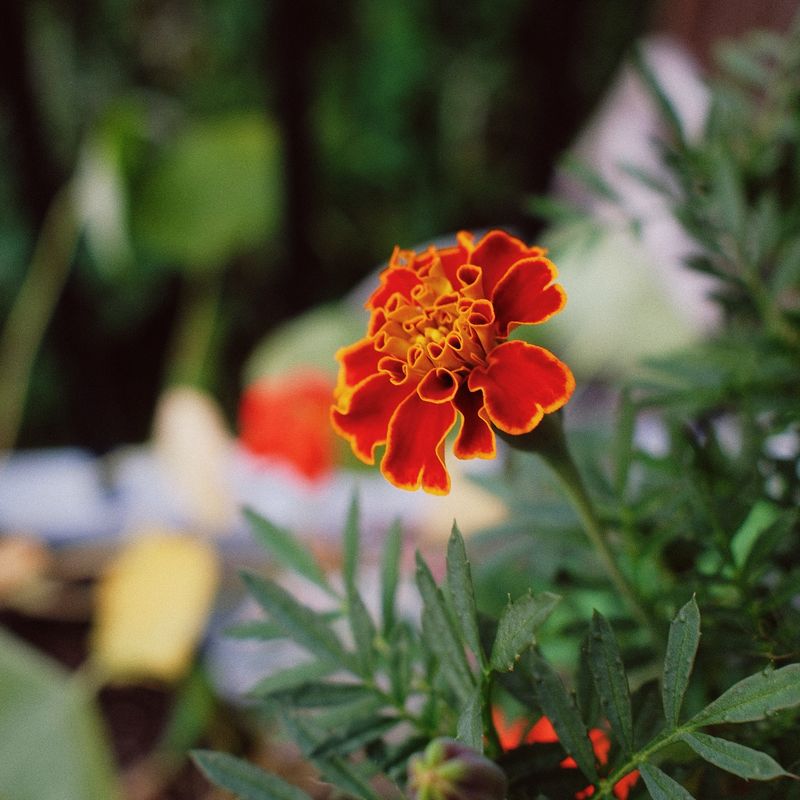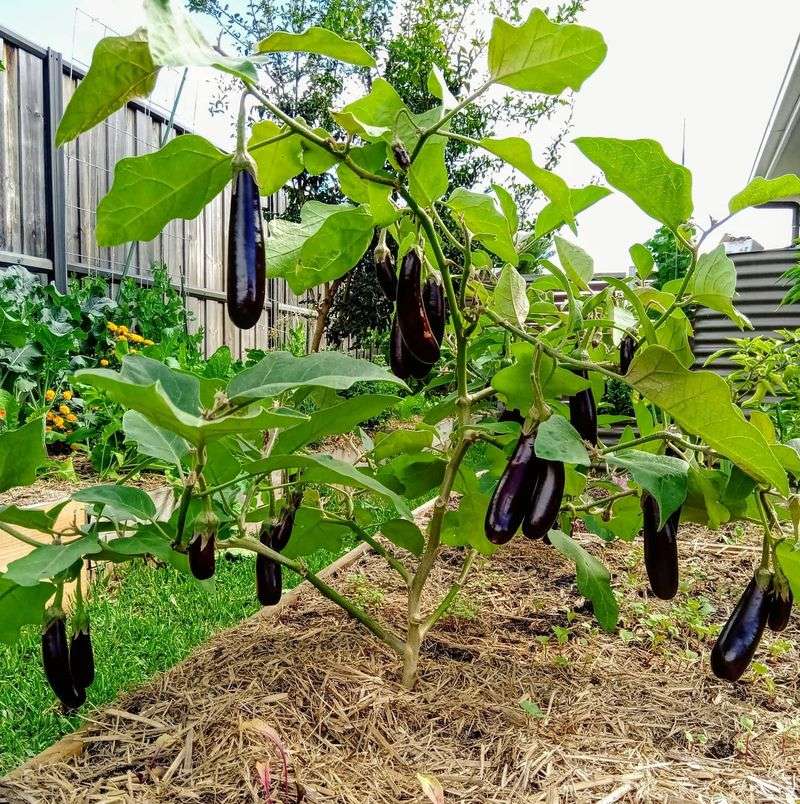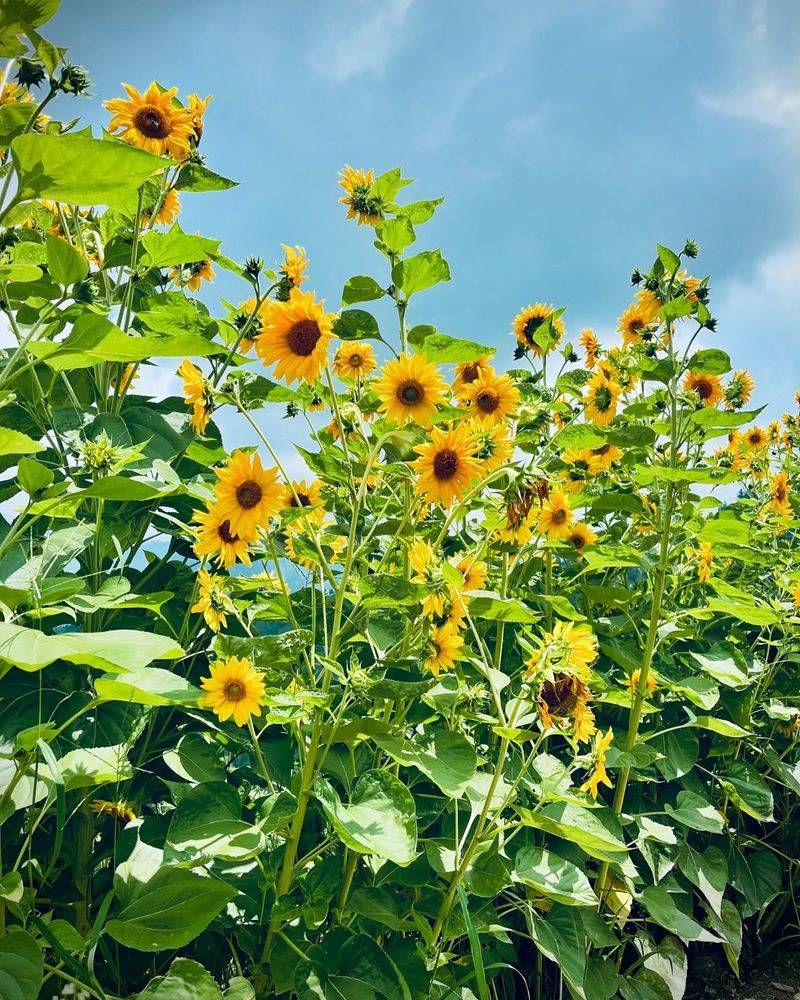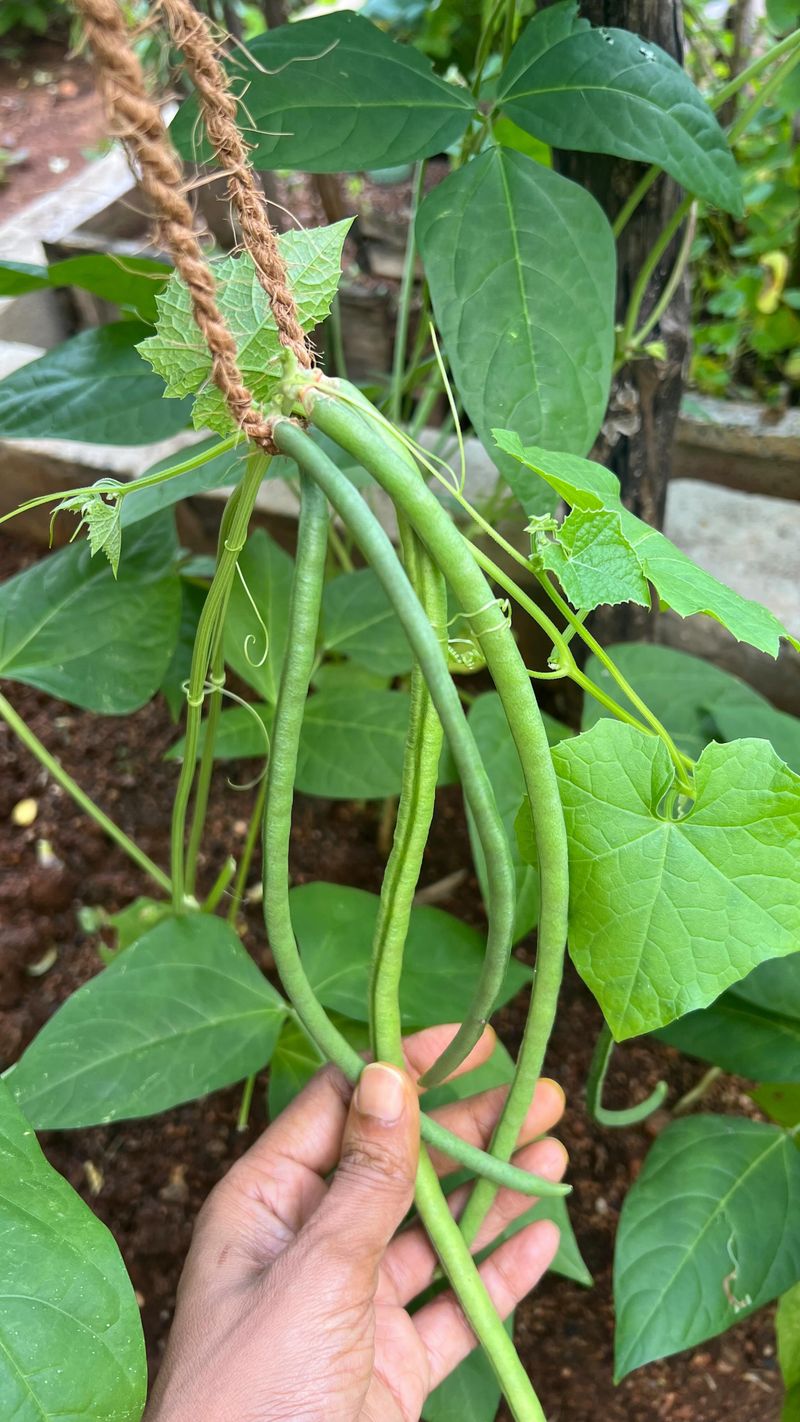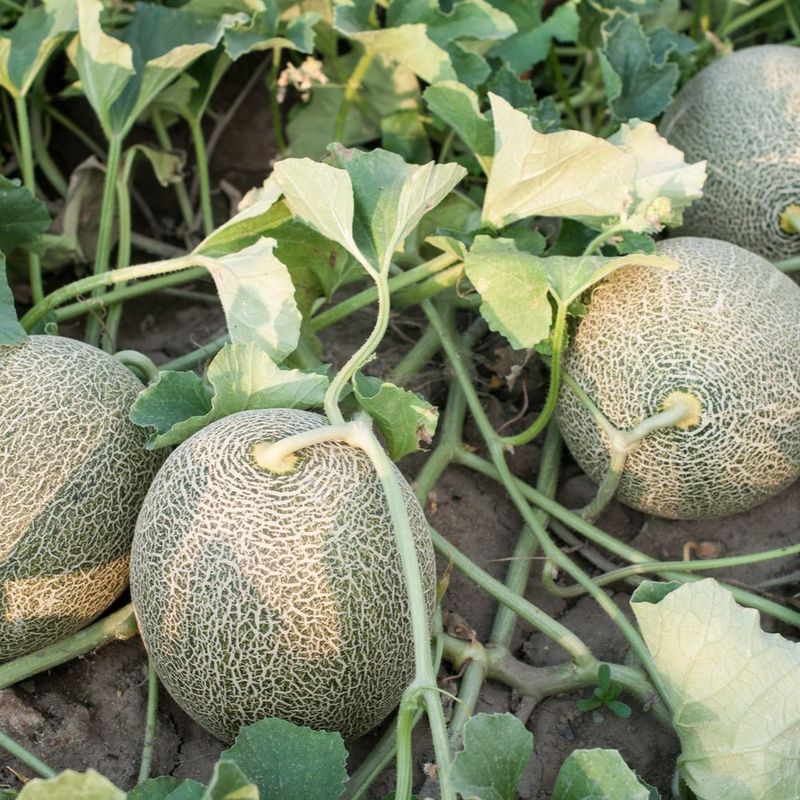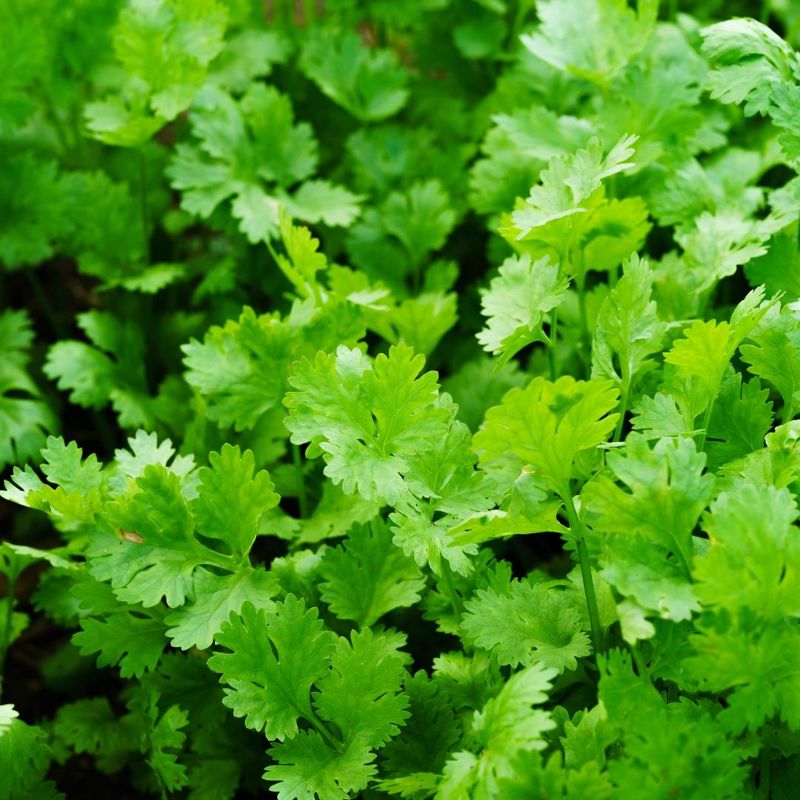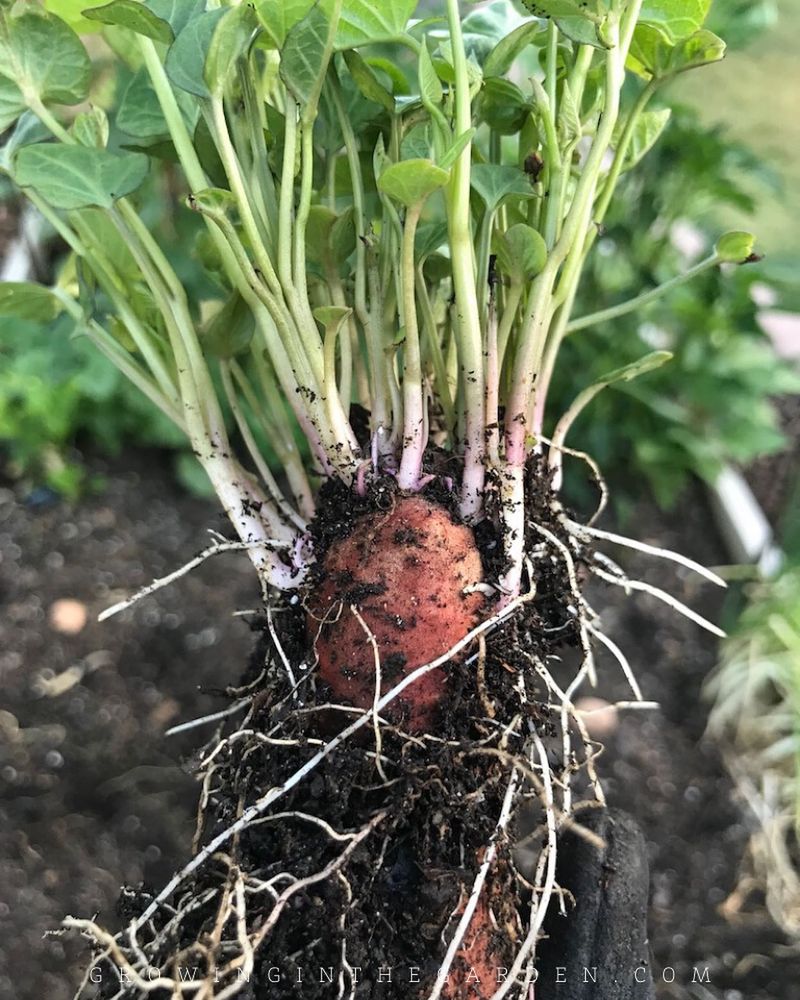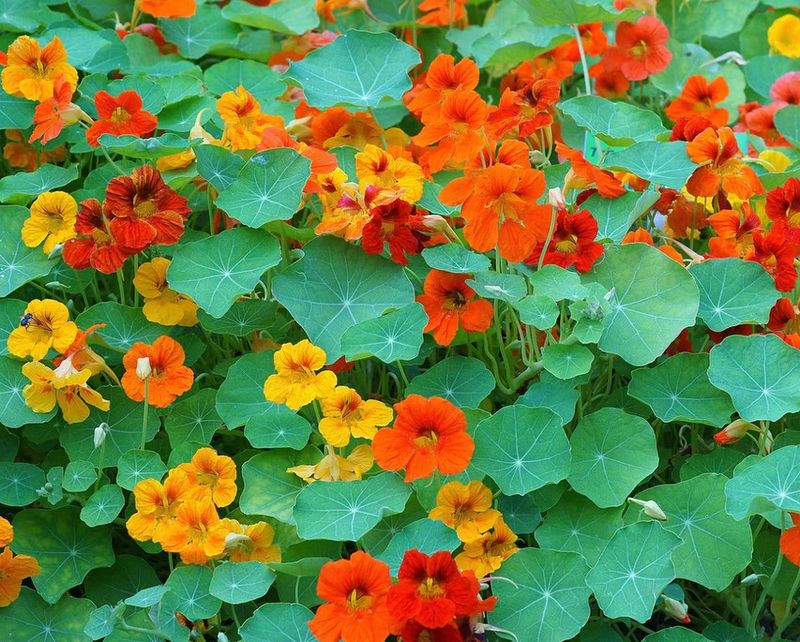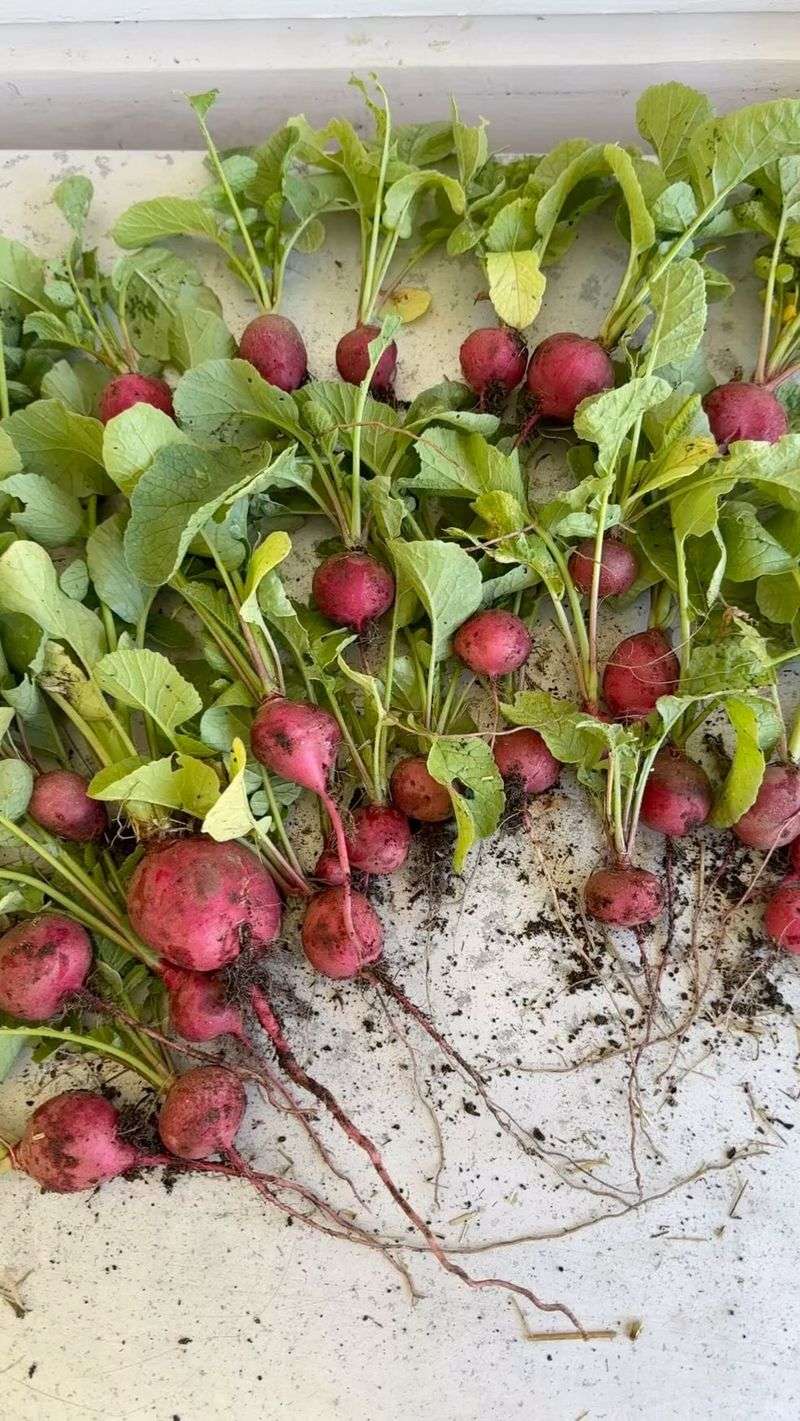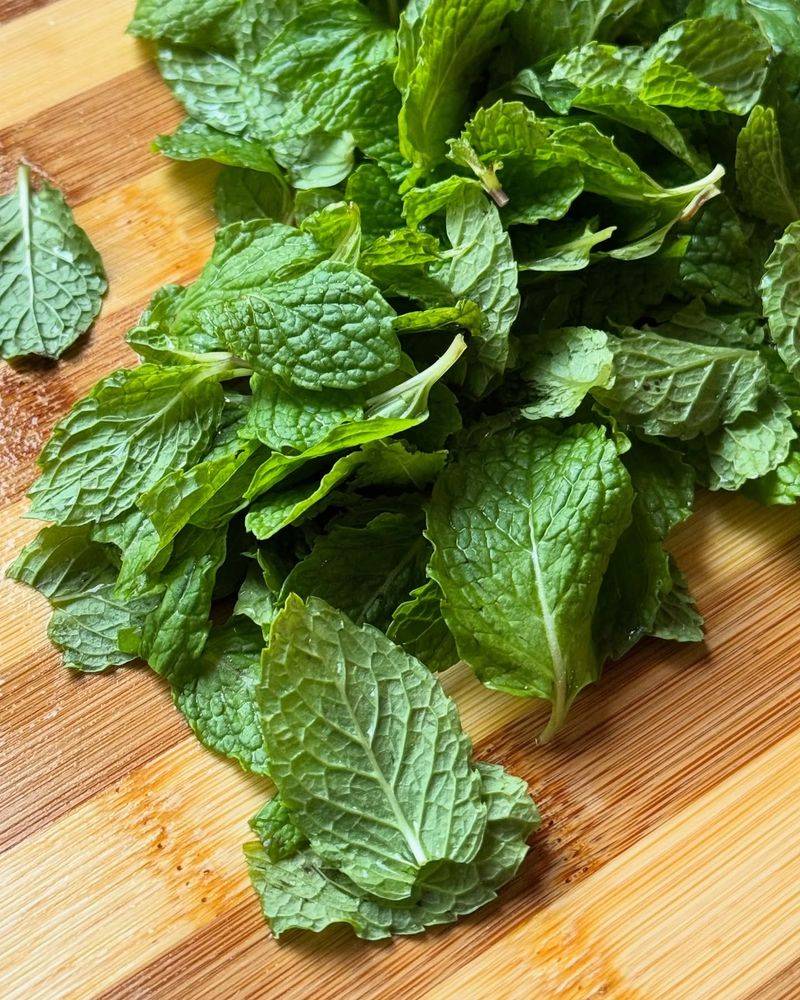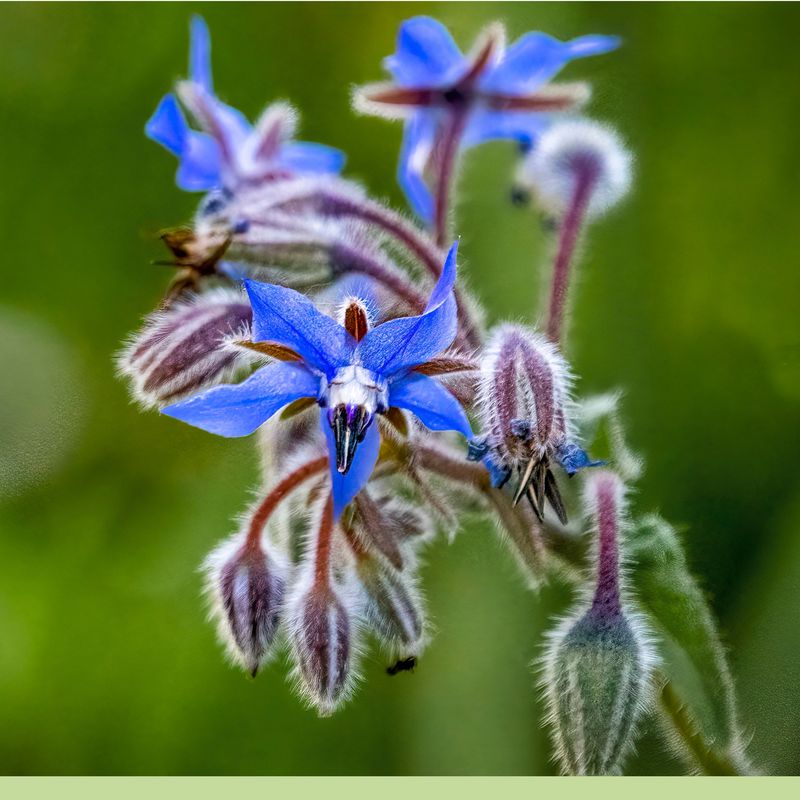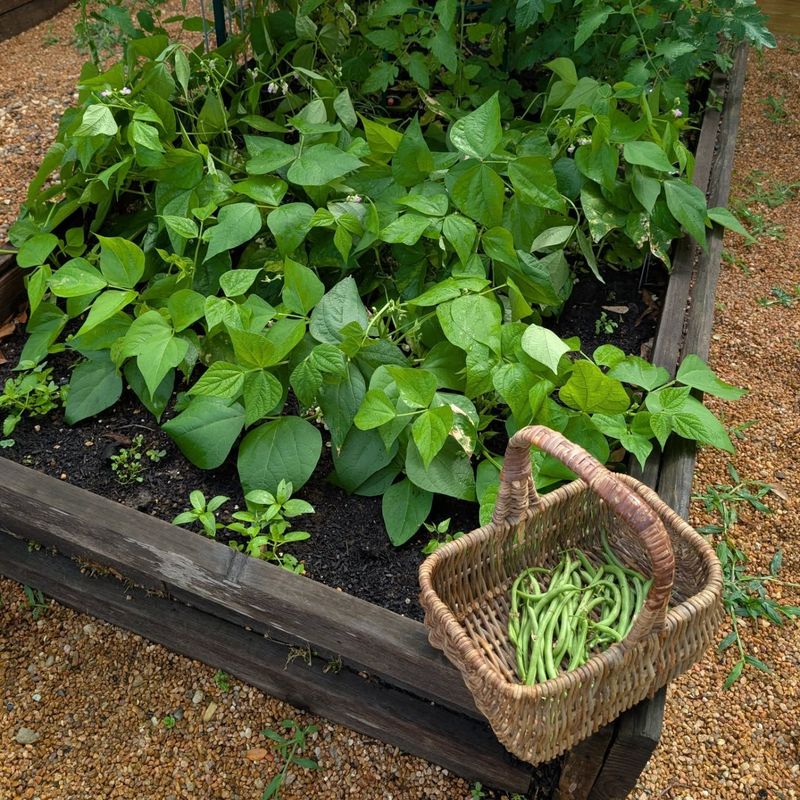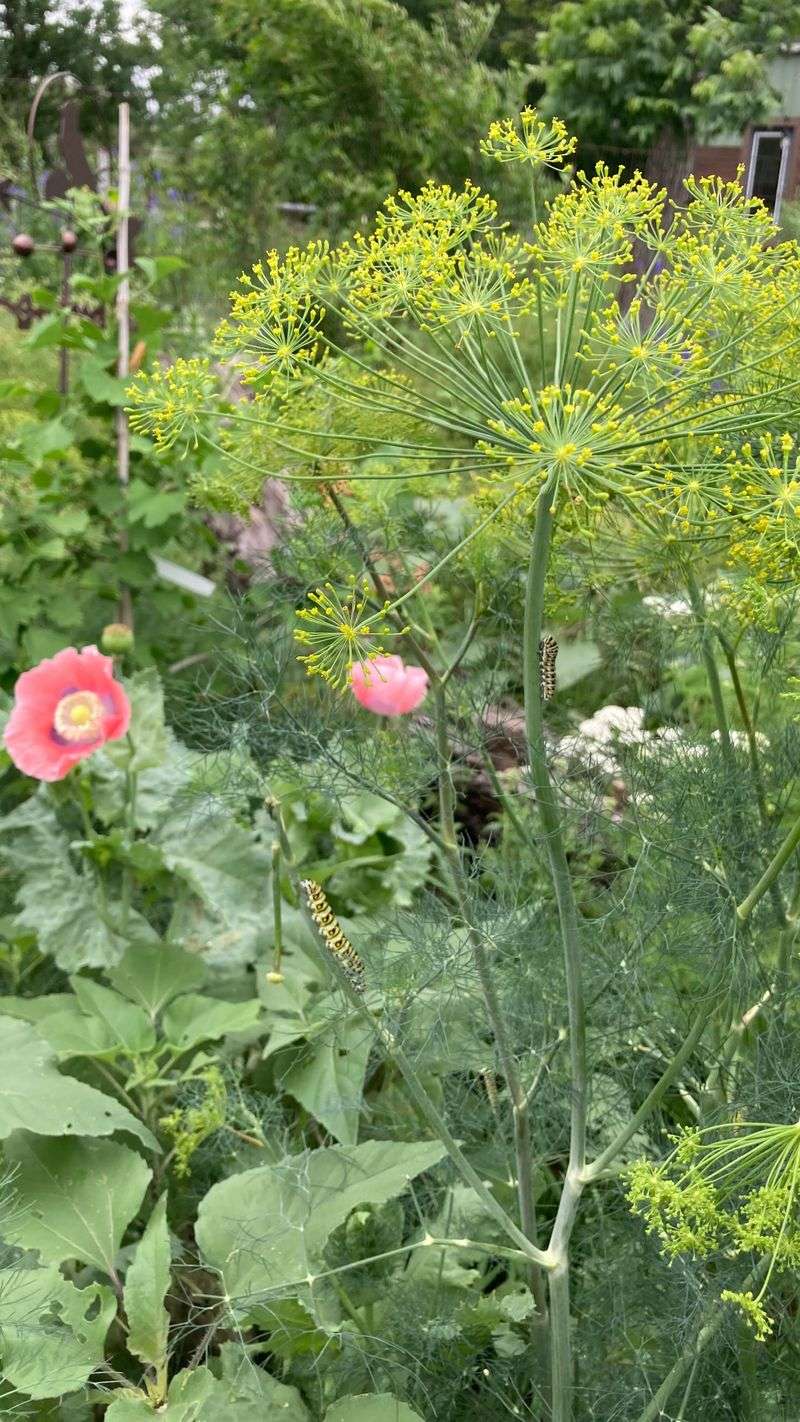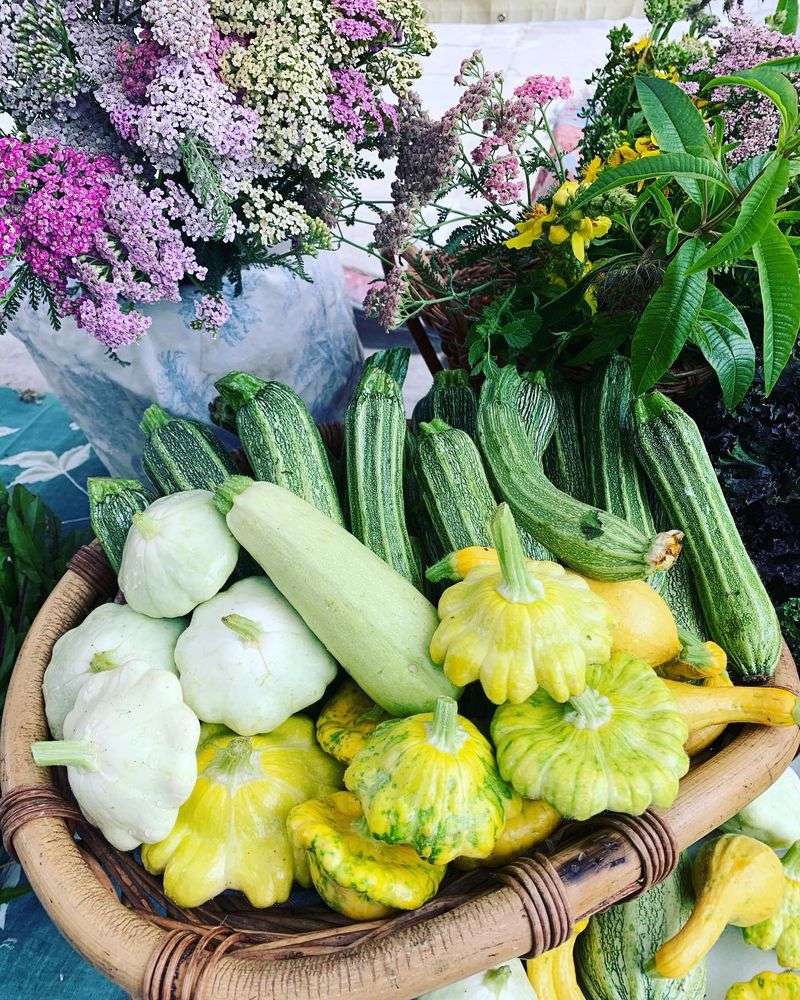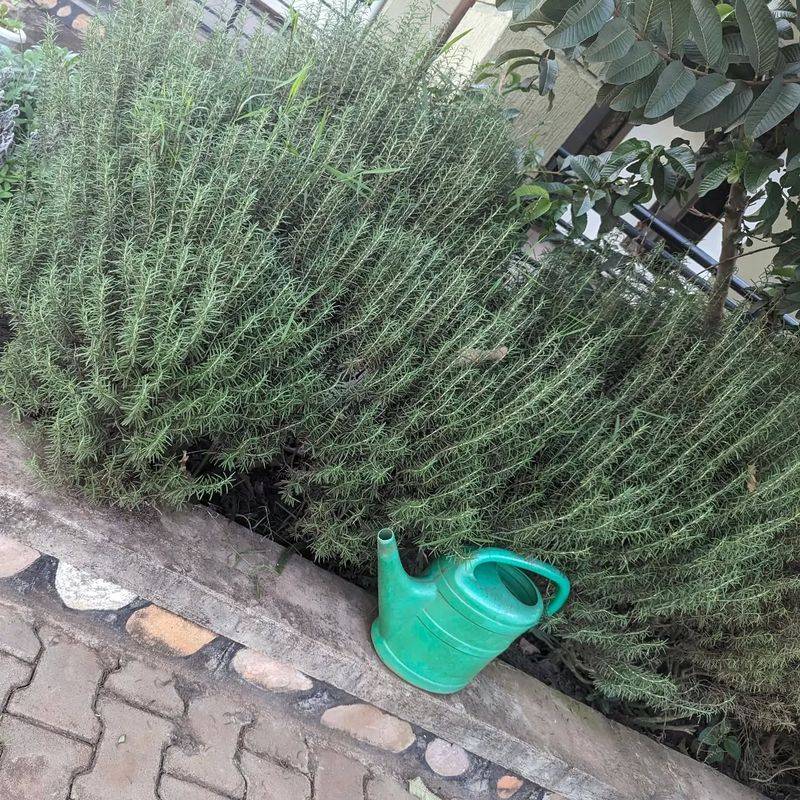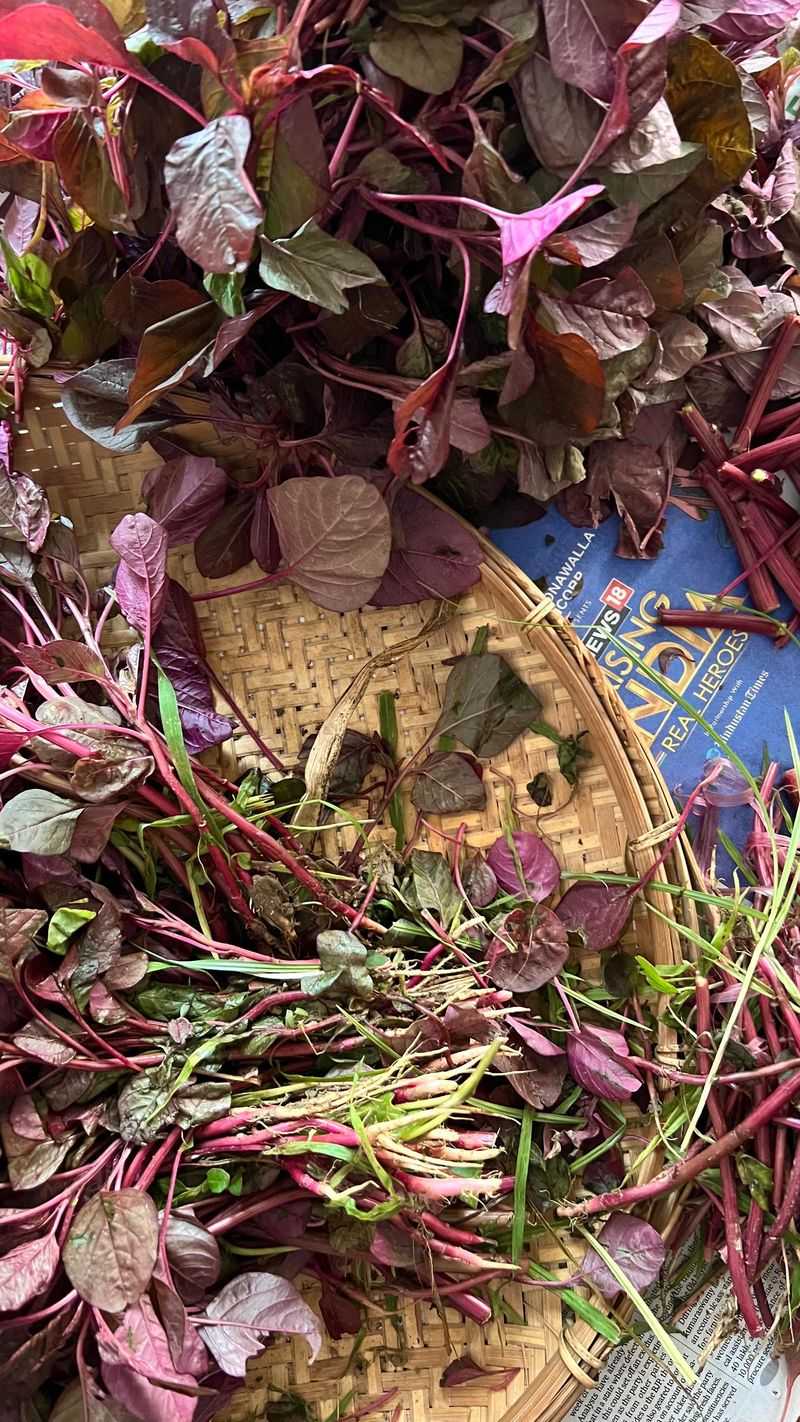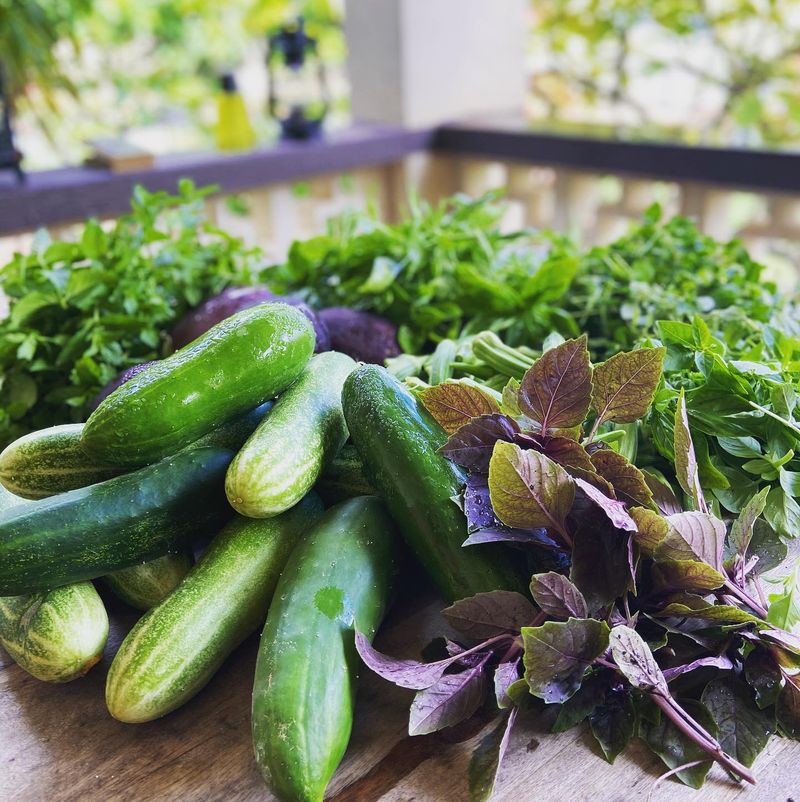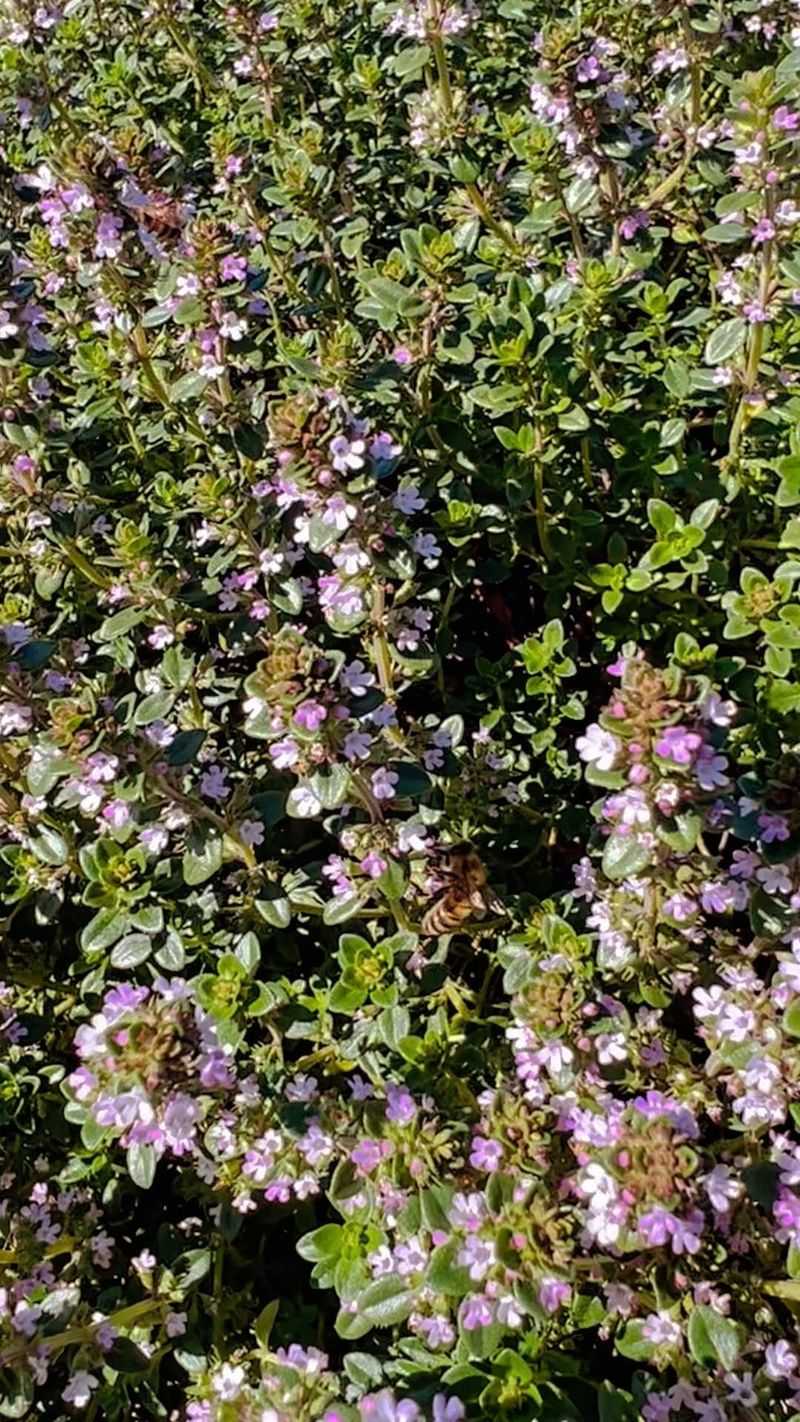Okra’s one of those garden stars that plays surprisingly well with others—if you know who to plant nearby.
I’ve tried a few combos over the years, and some herbs and veggies make all the difference when it comes to growth, flavor, and even pest control.
From basil that keeps bugs away to peppers that thrive in the same heat, there’s a whole lineup of perfect partners for your okra patch.
Trust me, planting the right companions can turn your garden into a thriving, low-maintenance oasis. Here are 20 of my favorite picks to grow right alongside your okra!
1. Sweet Basil
Nothing enhances an okra patch quite like sweet basil nearby. The aromatic oils naturally repel flies and mosquitoes that might otherwise bother your okra plants. Plus, both plants enjoy similar growing conditions with plenty of sunshine.
Basil’s strong scent actually improves the flavor of neighboring vegetables while attracting beneficial pollinators to your garden. Harvest regularly to keep plants bushy and productive throughout the season.
2. Peppers
Hot and sweet peppers make fantastic okra neighbors in your garden rows. Both plants thrive in similar hot conditions and benefit from the same watering schedule, making garden maintenance simpler for you.
The vertical growth habits of these vegetables mean they won’t compete for space or sunlight. Their different root depths also prevent underground competition for nutrients, creating a perfect partnership that maximizes your growing area.
3. Marigolds
Bright and cheerful marigolds do more than just beautify your garden space. Their pungent roots release compounds that deter nematodes and other soil pests that can damage okra’s developing root system.
The vibrant orange and yellow blooms attract beneficial insects like ladybugs and hoverflies that prey on aphids and other okra pests. Plant them as a protective border around your okra patch for both function and visual appeal.
4. Eggplant
Garden-fresh eggplants share similar growing requirements with okra, making them natural companions. Both vegetables crave hot weather and will thrive side by side in your summer garden beds.
Their complementary growth habits – okra growing tall and eggplant spreading wider – help maximize your garden space efficiently. The purple fruits of eggplant also create a stunning visual contrast against okra’s green pods, making your vegetable garden as beautiful as it is productive.
5. Sunflowers
Towering sunflowers create natural shade that helps protect okra from intense afternoon sun in hot climates. Their strong stalks can even serve as natural supports for okra plants in windy areas.
Bees and butterflies flock to sunflowers, increasing pollination rates for your entire garden. The deep roots of sunflowers also help break up compacted soil, improving drainage and creating better growing conditions for neighboring okra plants.
6. Cowpeas
Southern gardeners know that cowpeas and okra share more than just cultural history – they’re perfect garden companions. As a nitrogen-fixing legume, cowpeas naturally enrich the soil with nutrients that okra needs for healthy growth.
The low-growing habit of cowpeas also helps suppress weeds around okra’s base. Both plants tolerate heat beautifully and will produce abundantly during summer months when many other vegetables struggle, giving you a reliable harvest even in challenging conditions.
7. Melons
Sweet melons create a perfect ground cover beneath tall okra plants. Their sprawling vines help suppress weeds while their broad leaves shade the soil, keeping roots cool and reducing water evaporation.
The vertical growth of okra means it won’t block precious sunlight from reaching your melons. Both plants appreciate similar soil fertility and watering schedules, making them compatible garden neighbors that simplify your maintenance routine while maximizing your growing space.
8. Cilantro
Fragrant cilantro serves as a powerful pest deterrent when planted near okra rows. Its strong scent confuses insects that might otherwise attack your okra plants, providing natural protection without chemicals.
Quick to bolt in summer heat, cilantro attracts beneficial pollinators with its delicate white flowers. Plant successive batches throughout the growing season for continuous herb harvests while constantly refreshing the protective barrier around your prized okra plants.
9. Sweet Potatoes
Vibrant sweet potato vines create living mulch when planted alongside okra. Their dense foliage covers bare soil, preventing weed growth while reducing moisture loss during hot summer days.
The different root zones of these plants mean they won’t compete underground. Okra’s vertical growth habit provides partial afternoon shade for sweet potato foliage in extremely hot climates, preventing leaf scorch while still allowing enough sunlight for tuber development.
10. Nasturtiums
Colorful nasturtiums act as a sacrificial trap crop for aphids and other pests that might otherwise attack your okra. Their bright flowers attract beneficial insects while adding cheerful color to your vegetable garden.
Every part of nasturtiums is edible, from spicy flowers to peppery leaves. The sprawling growth habit helps cover bare soil around okra plants, reducing weed competition while making efficient use of garden space in your productive vegetable beds.
11. Radishes
Quick-growing radishes make perfect temporary companions while your okra gets established. Their rapid growth helps mark rows and suppress early weeds before okra plants develop sufficient size to shade the ground.
The pungent scent of radish foliage naturally repels many common garden pests. You’ll harvest your radishes long before okra reaches full size, making this an efficient use of garden space that provides an early crop while your okra is still developing.
12. Mint
Aromatic mint helps repel problematic garden pests like aphids and flea beetles that can damage okra. The strong scent confuses insects while attracting beneficial predators that help keep your garden balanced.
Always plant mint in containers sunk into the soil near okra to prevent it from spreading too aggressively. Regular harvesting keeps mint plants bushy and productive while providing fresh herbs for your kitchen throughout the growing season.
13. Borage
Star-shaped blue borage flowers attract bees and other pollinators that help increase okra yields. The hairy leaves deter many common garden pests while adding unique texture to your garden landscape.
Borage is known to improve the growth and disease resistance of nearby plants. Its deep taproot brings up nutrients from lower soil layers, naturally fertilizing your okra plants when borage leaves decompose on the soil surface.
14. Bush Beans
Nitrogen-fixing bush beans naturally enrich the soil around okra plants. Their compact growth habit means they won’t compete with okra for sunlight or space in your garden beds.
The different root depths of these plants allow them to access nutrients at various soil levels. Bush beans produce earlier than pole varieties, giving you a harvest while your okra is still developing, then continuing to produce alongside your okra throughout the summer.
15. Dill
Feathery dill attracts beneficial predatory insects like wasps and ladybugs that hunt garden pests. The delicate yellow flower umbels become gathering spots for helpful garden allies that protect your okra naturally.
Allow some dill to flower and self-seed for continuous protection throughout the season. The vertical growth habit complements okra without competing for space, while providing fresh herbs for your kitchen and beautiful texture in your vegetable garden.
16. Squash
Summer squash creates living ground cover beneath okra plants. The large leaves shade the soil, reducing water evaporation and suppressing weeds that would compete with your okra for nutrients.
The different growth habits – okra growing up, squash spreading out – make efficient use of garden space. Both plants are heavy feeders that appreciate rich, well-amended soil, making your garden preparation simpler when grouping these compatible vegetables together.
17. Rosemary
Woody rosemary serves as a natural pest deterrent near okra plants. The strong aromatic oils confuse insects that might otherwise attack your vegetables, providing chemical-free protection.
Heat-loving and drought-tolerant once established, rosemary shares okra’s preference for warm, sunny conditions. The upright growth habit takes up minimal space while adding year-round structure and beauty to your garden beds, even after the okra season ends.
18. Amaranth
Colorful amaranth attracts beneficial insects while its deep roots help break up compacted soil around okra plants. The edible leaves and seeds provide additional harvests from the same garden space.
Some varieties reach impressive heights alongside your okra, creating stunning visual impact. The bright green or burgundy foliage adds dramatic color to your vegetable garden while providing natural shade in extremely hot climates, protecting okra from afternoon sun stress.
19. Cucumbers
Climbing cucumbers can be trained up trellises near okra to maximize vertical space in your garden. Their sprawling habit helps shade the soil, reducing moisture loss and suppressing weeds around okra’s base.
Both plants thrive in similar soil conditions and appreciate consistent moisture. The different leaf shapes and growth patterns create interesting visual texture in your garden while producing two popular vegetables from the same growing area.
20. Thyme
Low-growing thyme creates aromatic ground cover between okra plants. The tiny leaves release pest-deterring oils when brushed against, providing natural protection for your okra crop.
Once established, thyme requires minimal water, making it compatible with okra’s moderate drought tolerance. The delicate purple flowers attract beneficial insects while adding beauty to your vegetable garden, proving that companion plants can be both functional and ornamental.

